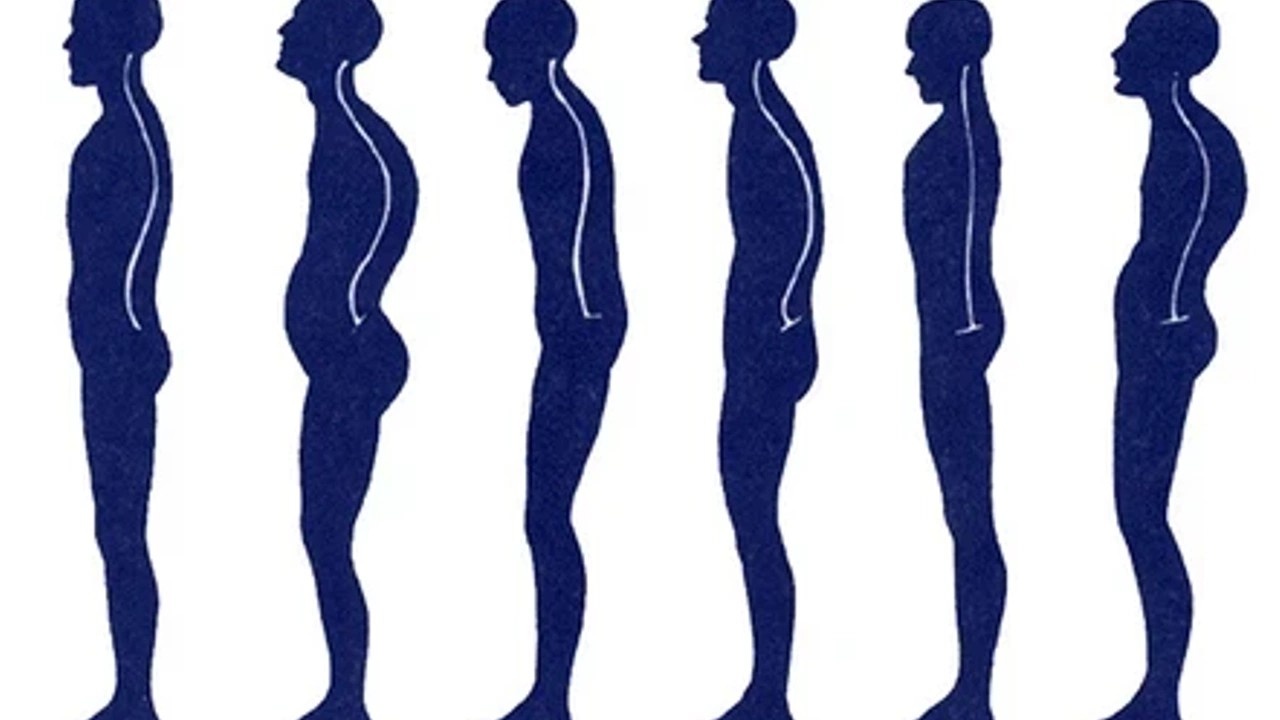The Truth About Posture
Mar 11, 2021
We have all heard the same things throughout our lives when we are caught sitting in a slouched position -- "sit up straight!" "shoulders back!" "chest up!"
Not only is this advice incorrect, but it might just be trading one problem for another.
Here's why:
Posture is a highly debated topic in the rehab world. Some people over-emphasize standing posture, claiming it is the explanation for all complaints of pain and other people under-emphasize it, citing a bunch of articles that claim posture is not correlated with pain. The truth is, both sides are wrong.
Posture is not merely a static position. Posture cannot be "corrected" by actively pulling your body into or out of a position. Standing with any one particular posture is not an issue as long as we have the capacity to express other postures/positions, as well. There is no one way to move, the problem is when you move only one way. However, if we do consistently demonstrate one way of moving, it can lead to repetitive stress in any number of different areas of the body.
So how do we "fix" posture? By addressing the variable that is leading to the posture in the first place.

Believe it or not, our posture is heavily influenced by our breathing mechanics (and vice versa: our breathing mechanics are subsequently affected by our shift in posture).
Lets look at a couple exaggerated postures to explain:

If we consider that under normal circumstances, as we inhale, our ribcage needs to expand in three dimensions, then you can understand how areas of significant compression would not allow for normal expansion to occur in that area.
Now, what is compression?
The metaphor I use for patients is visualize a water balloon. If you squeeze the ballon, the water will travel away from the area where you are squeezing it. Well, air and fluid works similarly within our body.
Looking at this image, it is pretty easy to see where the water balloon is being squeeze, leading to easier expansion in the opposite direction.
Let's take a look at another:

To some, this may look like "good posture" because this individual is standing tall with their shoulders pulled back. However, it is just a different compensation made that will limit the ability to expand in a different direction.
In this example, I want you to envision standing with your back against a brick wall. Clearly nothing is moving that wall. So the wall is going to prevent you from being able to expand posteriorly and will push the volume of air and fluid forward.
All of our peripheral joints (further from midline) are influenced by positions of the more proximal joints (closer to midline). So in each position, we will get a shift in position of our shoulders and hips and everything that connects to them. This will likely lead to limitations in range of motion in multiple directions and each postural presentation would lead to a different set of potential limitations.
If we try to "correct" the posture in Image 1 by coaching them to look like Image 2, we are trading one compensation for another.
Now remember, it is not the posture we are necessarily targeting. It is what the posture represents and the subsequent limitations we find through our assessment that illustrate someone's available movement options.
Looking at the extremities (range of motion measures), we have an idea of what is happening more proximally (ribcage and pelvis position). Understanding breathing mechanics, we can understand how our findings point to areas of compression leading to poor ability to expand in a particular area of the thorax. Understanding how someone may need to compensate to overcome compression in certain areas of their body can then explain why their bodies have taken on a particular posture.
So for all those people that want to tell you that posture is the reason for your pain, they are wrong. Posture is only the outcome of the variables we truly care about. Try and correct posture without appreciating the more important variables and you will not get the outcomes you want.
For all the people that tell you the evidence does not support any correlation between posture and pain, they are also wrong. Why? Because we can see a change in range of motion and pain very quickly, but posture does not change over night. However, your posture will bias you towards the same compensations you reflexively exhibit. Depending on your age, your posture is the accumulation of millions of breaths, steps, squats, jumps, sitting/standing, etc etc. In order to make sustainable change, it is a long-term commitment. So, no the research will not say that posture is the cause of pain, because pain can go away without posture ever changing, but that doesn't mean it is not a factor.
So be conscious when giving or receiving advice regarding posture. There is always more to the story. Context is key and understanding the driving forces behind the postures we demonstrate is instrumental in adequately addressing pain that you may attribute to postural abnormalities.
The human body is crazy.
